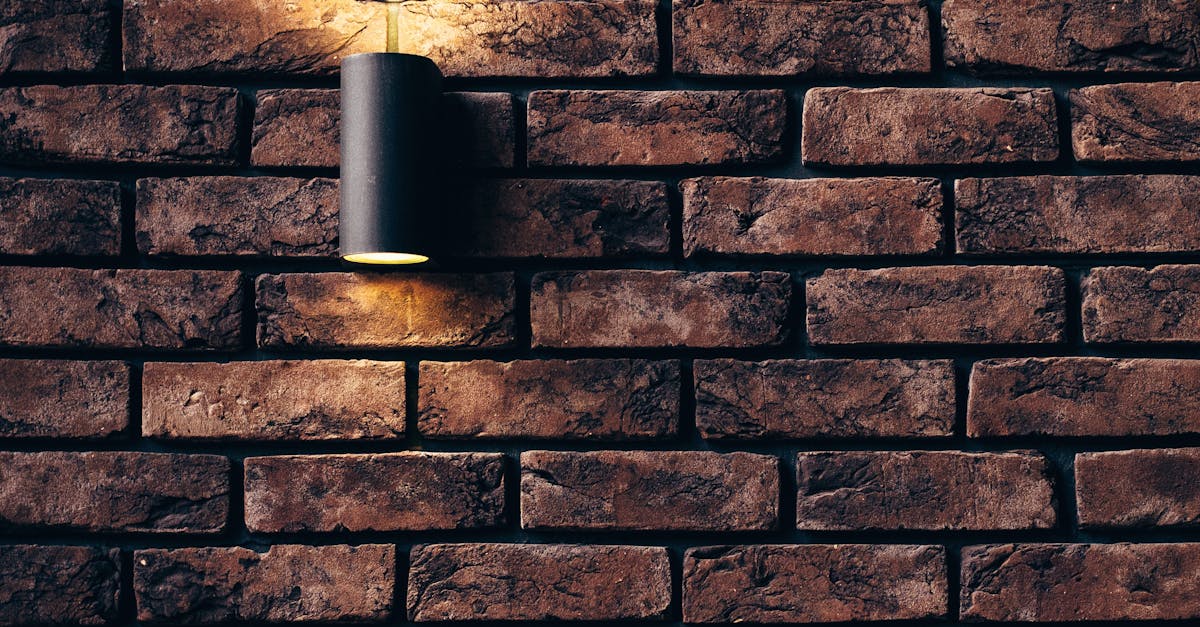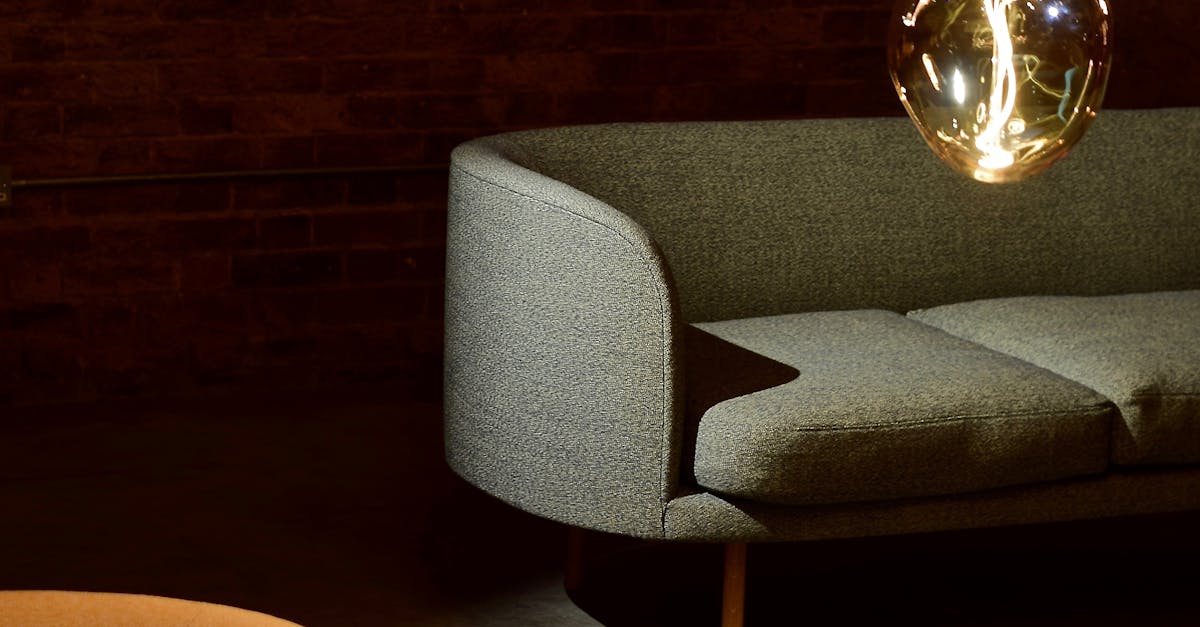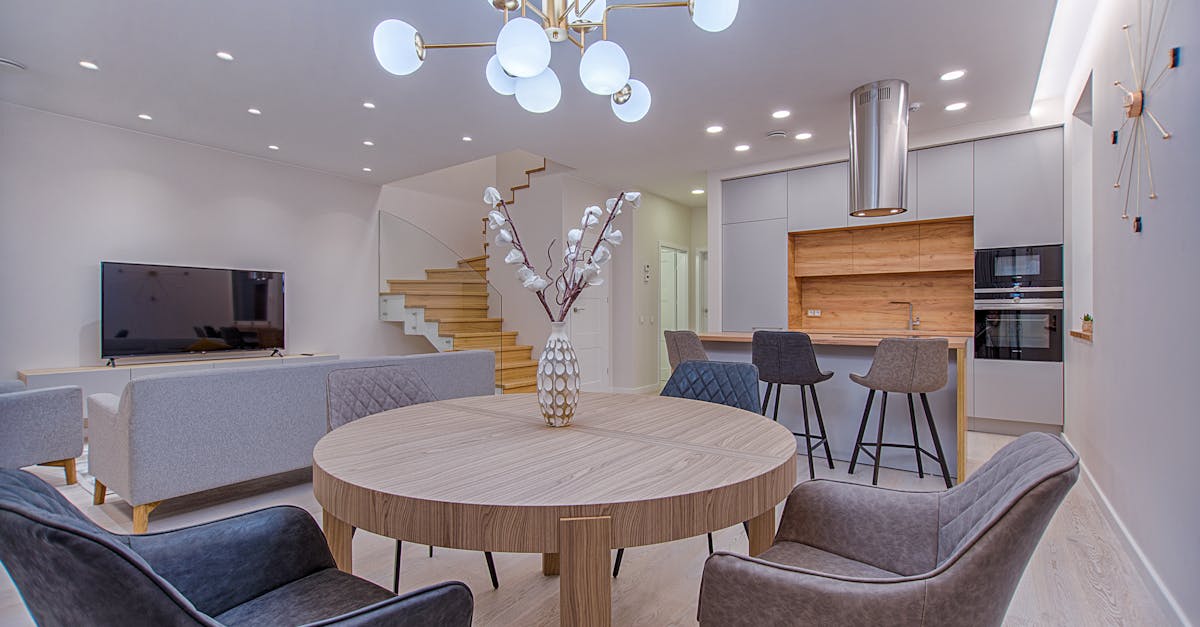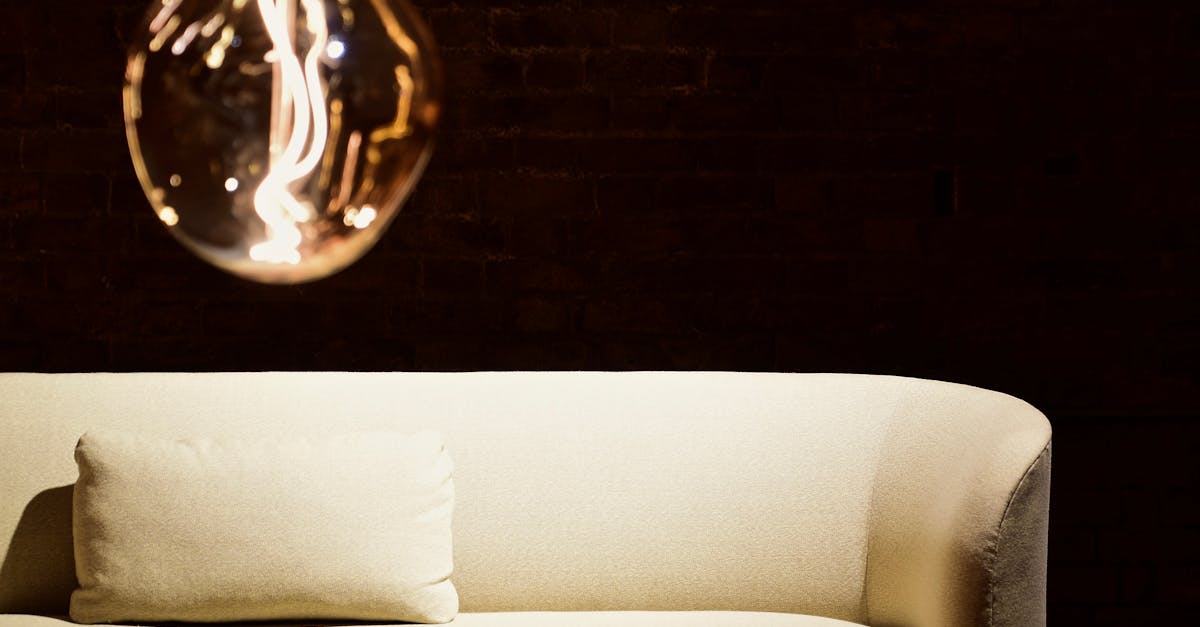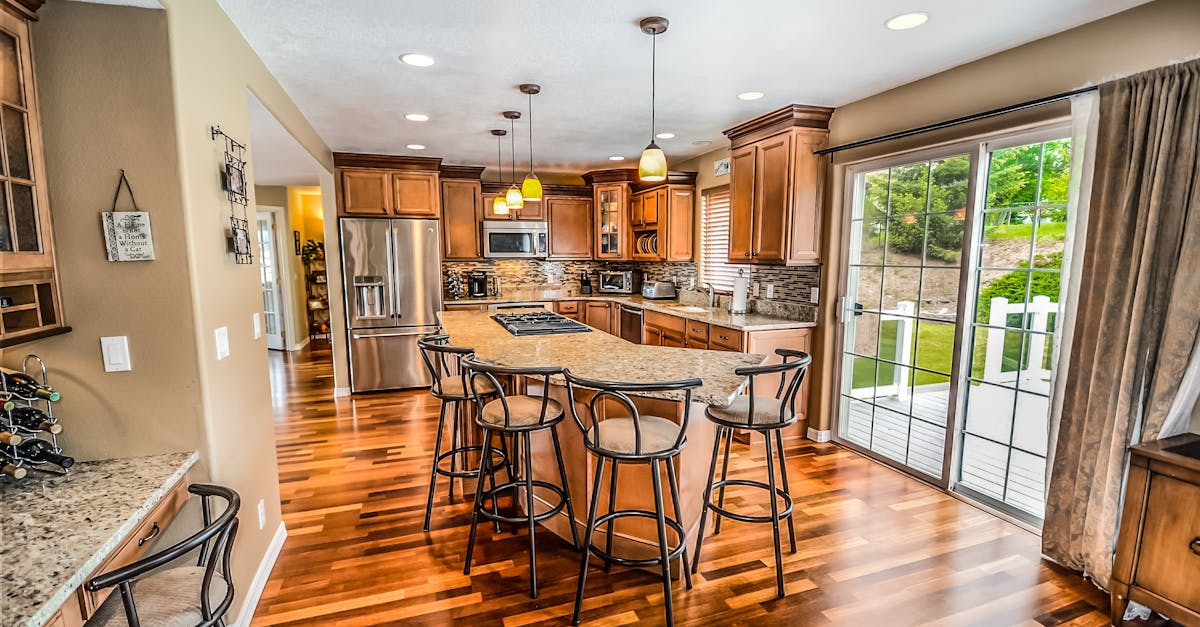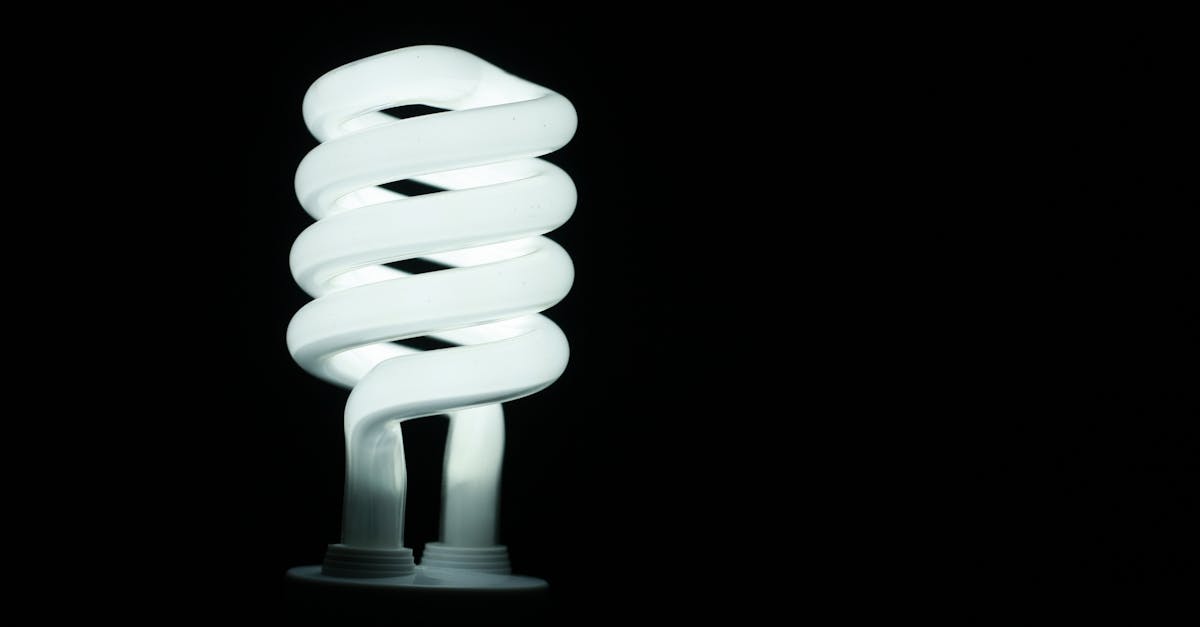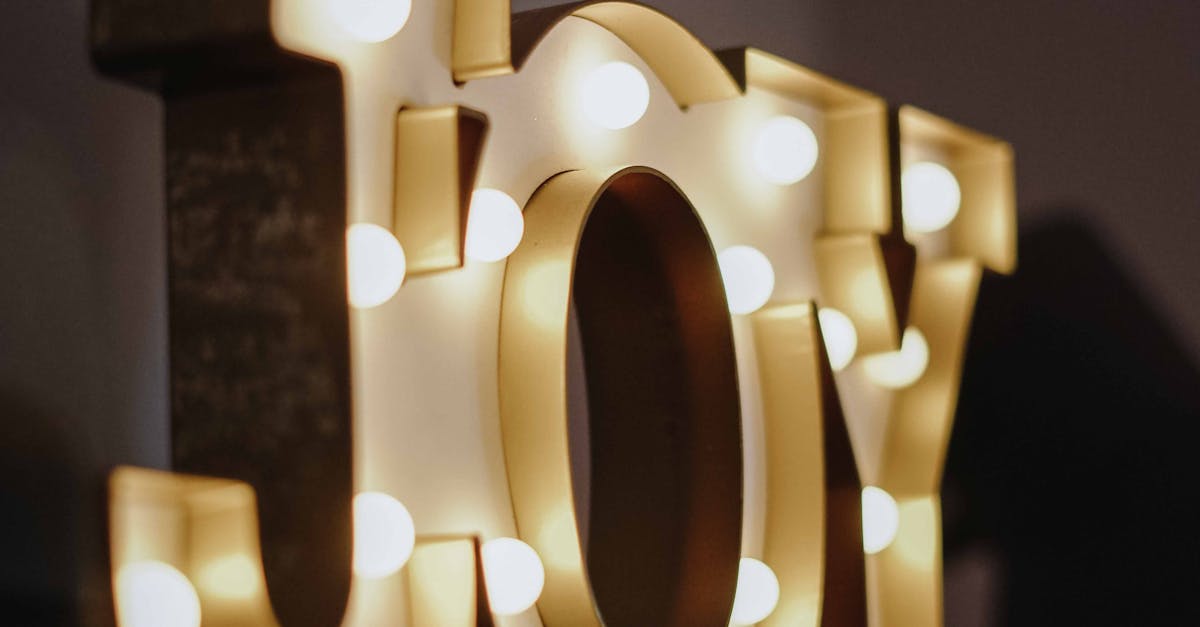
Table Of Contents
Integrating Smart Lighting Systems
Integrating smart lighting systems is a pivotal step in contemporary Lighting Design in institutions, public spaces, and residential settings. The integration of smart technology allows for a more dynamic and energy-efficient lighting solution, enhancing user experience and reducing operational costs. By incorporating smart lighting systems, designers have the flexibility to create various lighting scenarios, adapt to changing lighting needs throughout the day, and even synchronize the lighting with other smart building functions for a cohesive and efficient system.
Smart lighting systems offer a wide range of features, including customizable colour temperatures, automated dimming capabilities, presence sensors, and remote control access. These systems not only provide a higher level of adaptability and comfort for users but also contribute to sustainability efforts by optimizing energy consumption. Furthermore, the data collected by smart lighting systems can be utilized for continuous improvement, allowing designers to refine the lighting design based on users' preferences and behaviour patterns, thus enhancing the overall lighting experience in a space.
Incorporating automation and control features for enhanced functionality
Incorporating automation and control features plays a crucial role in modern lighting design projects. By integrating smart technologies, designers can enhance the functionality and efficiency of the lighting system. Automation enables the user to customize settings, control brightness levels, and schedule lighting according to specific needs, creating a tailored experience for different spaces. This provides not only convenience but also energy savings and environmental benefits by ensuring lights are only on when needed.
Lighting Design in today's age is not just about illumination; it's about creating an immersive and adaptive environment. Automation allows for seamless integration with other smart devices, offering a holistic approach to home or commercial lighting systems. Incorporating features such as motion sensors, timers, and remote access capabilities can elevate the user experience while providing a sustainable and cost-effective solution. Furthermore, these advancements in technology pave the way for creative lighting designs that can transform spaces and enhance occupants' well-being.
Testing and Adjusting the Lighting Setup
Testing and adjusting the lighting setup is a crucial stage in the process of lighting design. This step involves meticulous evaluation of the lighting fixtures, their positioning, and the overall distribution of light in the space. By conducting thorough testing, designers can identify any inconsistencies or areas that may require adjustments to ensure the desired lighting effect is achieved. It is essential to fine-tune the setup to create the right ambiance and functionality while meeting the specific requirements of the space. Lighting Design in this phase requires attention to detail and a methodical approach to ensure optimal performance.
Furthermore, testing and adjusting the lighting setup also involves assessing the quality of light produced and its impact on the environment. Designers need to consider factors such as glare, colour temperature, and light intensity to create a balanced and comfortable lighting scheme. By carefully adjusting the lighting design based on these considerations, designers can enhance the overall visual appeal and functionality of the space. This stage is essential for ensuring that the lighting system meets the intended objectives and provides an optimal lighting experience for occupants.
Ensuring proper installation and finetuning for optimal performance
Ensuring proper installation and fine-tuning is a critical step in achieving optimal performance in lighting design. The execution of the design plan must be precise to bring the intended vision to life. Thorough attention to detail during installation can prevent potential issues and ensure that the lighting system operates as intended in the designated space.
Fine-tuning the lighting setup is essential for achieving the desired ambiance and functionality. This process involves adjusting various elements such as light intensity, colour temperature, and beam angles to create the perfect lighting effect. By carefully calibrating the system, designers can guarantee that the lighting design in any space not only meets but exceeds the expectations set forth during the planning stages.
Considering Maintenance and Longevity
Considering Maintenance and Longevity in lighting design is crucial for ensuring the continued efficiency and effectiveness of the system. Regular upkeep and monitoring of the lighting fixtures and infrastructure are vital to prevent potential issues and maintain optimal performance. By planning for routine maintenance schedules and inspections, potential problems can be identified and addressed promptly, extending the longevity of the lighting system.
Incorporating considerations for longevity during the initial design phase is essential in maximizing the lifespan of the lighting setup. Selecting high-quality components and materials that are durable and energy-efficient can significantly impact the long-term performance and sustainability of the system. Furthermore, proper installation techniques and adherence to manufacturer guidelines are key factors in minimizing wear and tear, ultimately contributing to the overall success of Lighting Design in creating a functional and lasting lighting environment.
Planning for routine upkeep and longevity of the lighting system
Ensuring the longevity and efficiency of a lighting system is crucial in sustaining its performance over time. Regular maintenance should be a key component of any lighting design project to address potential issues and uphold optimal functionality. Routine upkeep involves inspecting all components, such as bulbs, fixtures, and wiring, to identify any signs of wear and tear that could affect the system's performance. By conducting regular checks and addressing any issues promptly, the lifespan of the lighting design can be extended, saving time and resources in the long run.
Maintenance planning should be integrated into the initial lighting design process to create a framework for ongoing care and upkeep. Establishing a maintenance schedule that outlines tasks like cleaning, bulb replacement, and fixture inspection can help prevent potential failures and ensure the system operates smoothly. Additionally, considering factors like environmental conditions and usage patterns can help tailor the maintenance plan to the specific needs of the lighting design in various settings. Prioritizing routine upkeep and longevity planning not only enhances the performance of the lighting system but also contributes to its overall sustainability and reliability Lighting Design in Canadian businesses and homes alike.
FAQS
What is the first step in lighting design?
The first step in lighting design is integrating smart lighting systems to enhance the functionality and efficiency of the lighting setup.
How can automation and control features improve the lighting design process?
Incorporating automation and control features in lighting design can enhance functionality by allowing for customization and remote control of the lighting system.
Why is testing and adjusting the lighting setup important?
Testing and adjusting the lighting setup is crucial to ensure optimal performance and to fine-tune the system for the desired lighting effects.
What is the significance of proper installation in lighting design?
Ensuring proper installation and fine-tuning of the lighting setup is essential to achieve optimal performance and to prevent any potential issues in the future.
How can maintenance and longevity be considered in lighting design?
Considering maintenance and longevity involves planning for routine upkeep and ensuring the longevity of the lighting system by using durable components and materials.
